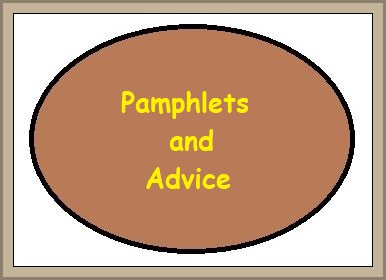
Pruning Tips
Pruning is mainly done for size control and to thin out excessive branches. Thinning promotes the health of the plant by allowing air and light into the interior. Pruning for security purposes and view can also often be accomplished by thinning.
Most pruning can be done using the same basic technique. Follow the order recommended below:
1. Remove dead and crossing branches
2. Thin excessive interior canes or branches
3. Remove multiple leaders or weak crotches
4. Thin top to lower height, if nescessary
* note heading back branches (whacking branches off indiscriminately) may produce goofy-looking results and cause branch dieback. Thin branches to a lower lateral branch (ideally at least 3 times the size of the branch being removed) or the trunk.
The "bark ridge" is a raised or callussed looking ring which surrounds a limb as it emerges from a bud. It is not always visible and sometimes you have to guess where it would be located.
A proper pruning cut is made just outside the bark ridge - about a quarter of an inch - not flush with the trunk or remaining lateral branch.
Small branches can be cut just above an emerging bud or twig.
----------------------------------------------
HEDGES
1. Carefully mark or measure to the desired height
2. The top of the hedge should be perfectly uniform.
3. The sides of the hedge should slope slightly inward toward the top. __ / \ /__ __\ | 4. Clip the bottom in a straight line about 6" off the ground.
5. Bevel the edges slightly to sharpen the outline.
Notes:
A couple of passes may be needed to get it right.
Branches too thick to shear should be thinned out before shearing.
If practical, generally thin the hedge prior to shearing. This allows air and light to penetrate and enables treatment of the hedge if disease problems occur.
----------------------------------------------
COMMONLY MADE PRUNING ERRORS
Destroying privacy afforded by shrub, tree, or hedge
Removing branches which leave large gaps or holes
Topping tree's
Heading back branches that should be removed
Using lopper or clipper on branches too big for them
Using defective equipment resulting in poor cuts
Inconsistant technique resulting in half-done look
Improper pruning cuts
Routinely limbing up the lower branches and failing to really prune the plant.
![]()